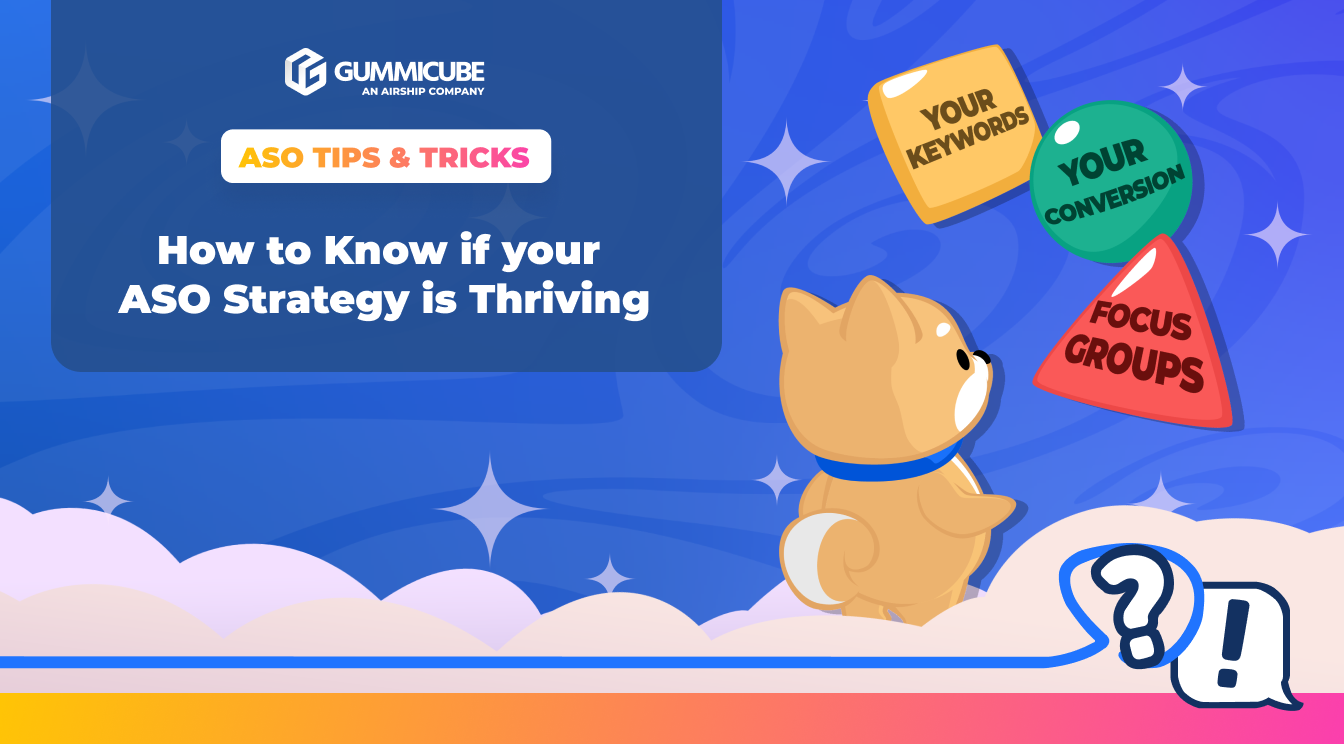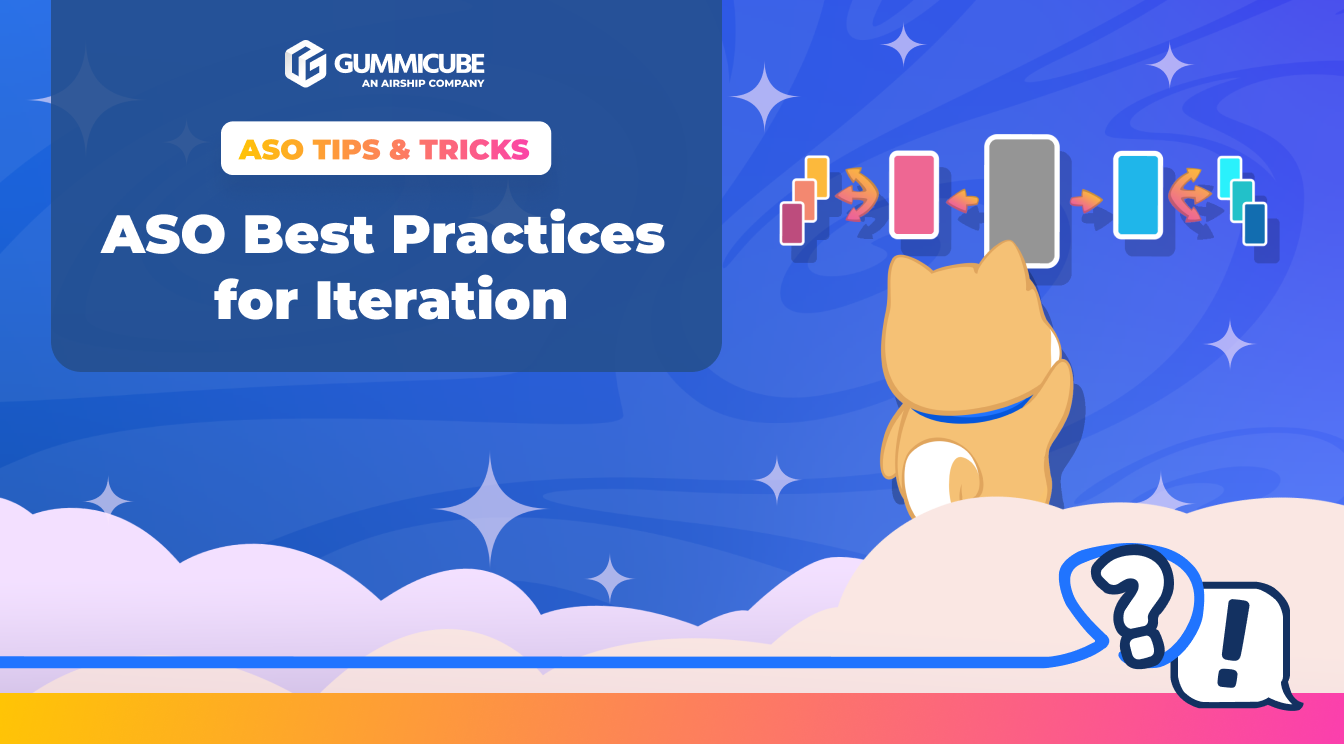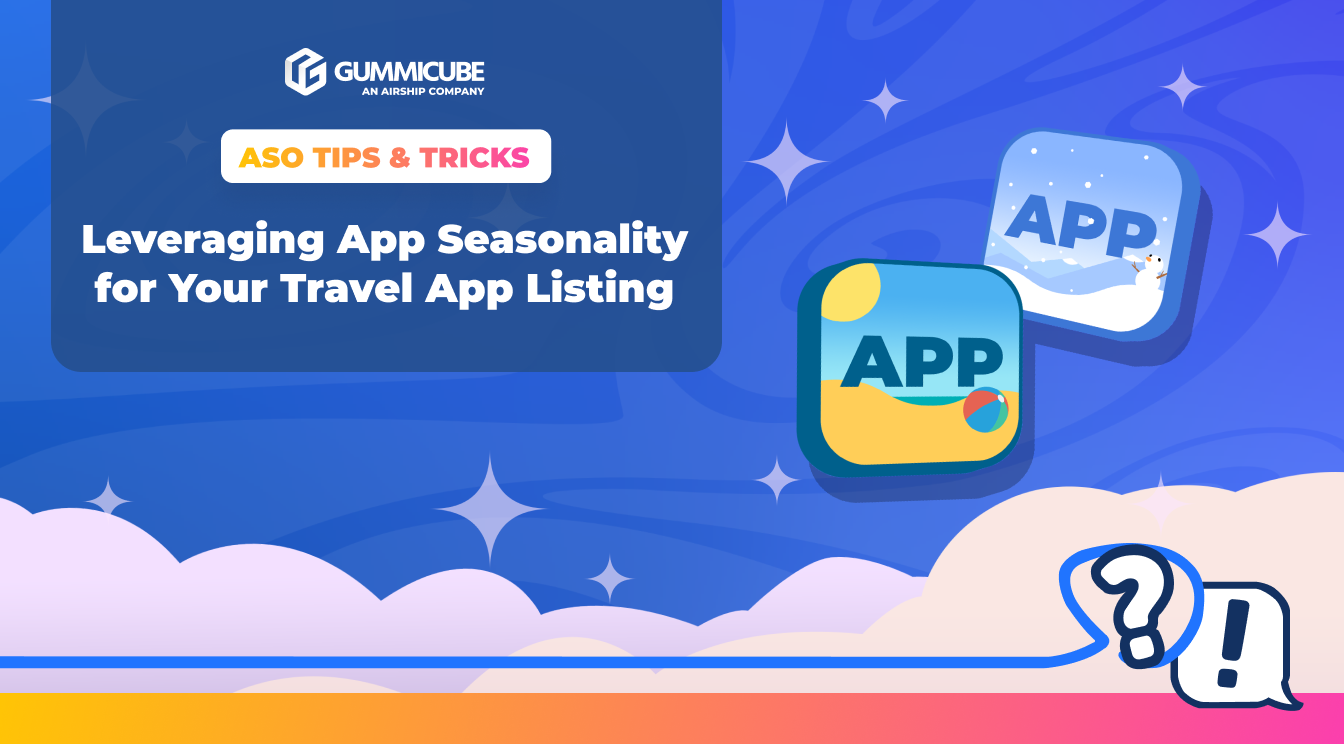
Choosing the Right Keywords to Strengthen Your ASO Strategy
Posted on November 14th, 2025
A successful keyword strategy requires regular evaluation & strategy. Read more to see how choosing the right app keywords can transform your app listing!

App Store Optimization (ASO) is a long term investment that requires consistent monitoring, regular iteration, and an informed understanding of your performance signals. Developers who want sustainable growth cannot rely on assumptions when evaluating success. Instead, they must anchor their strategy in measurable KPIs that reflect real user behavior and algorithmic response across the Apple App Store and Google Play Store. Although these insights can feel complex at first, ASO tools and proprietary technologies streamline the process and empower teams to track performance with precision. When you understand how to measure keyword rankings, traffic, installs, and conversion rates, you gain a comprehensive view of whether your ASO strategy is thriving or needs refinement.
The following sections break down the key performance indicators that define ASO success and explain how to evaluate each one. These insights form the foundation of a strong measurement framework that helps developers optimize with confidence and adapt effectively over time.
Keyword performance remains one of the strongest indicators of an effective ASO strategy. Every app relies on discoverability to reach new users, and visibility starts with keyword rankings. To understand how your ASO work is performing, you must track how your keyword positions change before and after each app iteration. This evaluation allows you to understand which adjustments influenced your rankings and which terms continue to show potential for higher visibility.
Developers should begin by consistently reviewing their keyword list across branded and unbranded terms. Proprietary technology and ASO platforms make this process significantly easier by consolidating historic and current ranking data. This helps you quickly identify ranking drops, sudden improvements, or steady upward trends that indicate your metadata is aligned with how users search.
High-quality ASO measurement helps you identify:
Keyword fluctuations are not always negative. Movement is expected as the App Store and Google Play Store consistently test and redistribute visibility. What matters is that developers understand these fluctuations well enough to identify when an update is needed. If a previously high-performing keyword begins to lose momentum, that insight can determine the direction of your next metadata iteration. The goal is not to maintain every keyword but to maximize performance by focusing on terms that offer the highest return on traffic and conversions.
An ASO strategy is thriving when keyword growth is consistent, high-potential terms maintain competitive positions, and metadata updates result in measurable ranking improvements. With the support of accurate ASO tools, this becomes far more manageable and actionable.
Organic traffic serves as a powerful indicator of how relevant your app appears to both users and the store algorithms. When your ASO strategy is effective, your app should receive more impressions from qualified users who are actively searching for solutions in your category. Increased organic visibility is often the result of strong keyword coverage, relevant positioning, aligned creative elements, and consistent updates that reinforce the relevance of your listing.
To evaluate whether your ASO strategy is thriving, developers must track changes in organic traffic before and after each metadata update, seasonal period, or competitive shift. If your impressions and product page views grow alongside improved keyword rankings, it signals that your visibility is expanding in a sustainable way.
Key metrics to watch include:
If your traffic increases but conversions remain flat, that may mean your metadata is effective but your creatives require optimization. If traffic declines but conversions increase, you may be attracting fewer users but more qualified ones. This is why every data point must be evaluated within context.
Shifting your keyword strategy plays a major role in driving organic visibility. High-volume, high-intent terms can significantly contribute to your growth when strategically integrated into your metadata. When measured correctly, these increases give developers an opportunity to maximize relevance signals across their targeted storefronts and contribute to improved algorithmic positioning.
When your ASO strategy is thriving, organic traffic should trend upward consistently across your targeted segments, reflecting that your visibility is expanding through well-aligned metadata and strong keyword coverage.
Installs are one of the most critical signals when determining the success of your ASO efforts. While visibility and impressions indicate interest, installs reflect action. Users can land on your product page for many reasons. They may be exploring multiple apps or comparing competitors. The true indicator of ASO success is when those visits convert into downloads at a steady and healthy rate.
To accurately assess this metric, developers must identify how organic installs trend in relation to traffic and keyword movement. If your app receives increased impressions and product page views but installs remain flat, conversion optimization becomes a priority. If installs increase alongside higher traffic and improved keyword rankings, that demonstrates strong alignment between your metadata, creatives, and the intent of your target audience.
A thriving ASO strategy can show developers:
ASO is not limited to discoverability. It also centers on the decision-making moment when users compare your listing to competitors. This is why creative optimization is essential. Screenshots, icons, feature graphics, and preview videos have a direct impact on install behavior. Conducting data-driven tests enables developers to understand which creative elements resonate most with users and which require refinement.
App installs also provide valuable insight into how effectively you communicate value. A strong value proposition combined with clear visuals often results in higher conversions. When the install volume steadily rises in coordination with your ASO iterations, your strategy is demonstrating measurable success.
Conversion rate is one of the most important indicators of a high-performing ASO strategy. A strong conversion rate reflects that users not only found your listing but also identified your app as the best solution for their needs. This metric helps developers understand whether their messaging aligns with their audience and whether their creatives effectively communicate the app’s core functionalities and benefits.
Developers must consistently optimize metadata and creatives to improve conversion rate. This includes refining screenshot order, updating callouts, adjusting preview videos, updating feature sets, and clarifying value propositions. Each change should be guided by data from prior tests, performance trends, and competitive insights.
Key conversion data points include:
Conversion optimization requires ongoing refinement. Algorithm updates, category changes, and shifting user expectations all influence how well your app listing performs. Regular updates ensure your content remains relevant and competitive.
A thriving ASO strategy demonstrates consistent conversion growth. When your installs, visibility, and conversion rate all trend upward, it reflects strong alignment across your entire ASO framework.
One of the most overlooked aspects of ASO measurement is understanding the origin of your results. Both organic and paid traffic play valuable roles, but they must be evaluated separately. Without distinguishing these sources, developers might misinterpret performance trends or invest in strategies that do not actually drive long-term value.
ASO tools provide accurate breakdowns of organic versus paid performance, enabling developers to determine whether improvements result from metadata optimization or paid campaigns. This separation is essential for understanding true organic growth.
Tracking organic and paid performance separately helps developers identify:
A thriving ASO strategy should demonstrate strong organic performance independent of paid channels. Paid acquisition can accelerate growth, but organic discoverability is the foundation of long-term sustainability. When developers understand these differences clearly, they can make more informed decisions and set realistic expectations for their growth trajectory.
If organic performance is strong but paid performance is weak, creative testing may be required. If paid performance is strong but organic visibility is declining, metadata optimization becomes essential. Distinguishing the two allows developers to optimize each channel effectively.
Measuring ASO performance requires a structured, data-driven approach supported by reliable tools and consistent iteration. Developers who understand how to evaluate keyword movement, organic traffic, installs, conversions, and channel attribution gain a comprehensive view of their performance. This clarity enables teams to identify their strengths, uncover gaps, and refine strategies to sustain long-term growth.
A thriving ASO strategy is not defined by a single metric. It is defined by the alignment and progress across all KPIs that influence visibility, relevance, and user engagement. With the support of proprietary ASO technology, developers can simplify measurement, deepen their insight, and guide their optimization decisions with confidence.
If you want a deeper understanding of how your ASO performance is trending or need support evaluating your KPIs with greater accuracy, our ASO services are here to help. We are available to answer questions, explore your data, and provide clarity on how you can strengthen your App Store Optimization strategy over time.

A successful keyword strategy requires regular evaluation & strategy. Read more to see how choosing the right app keywords can transform your app listing!

Evolve faster, respond to market trends more efficiently, and maintain user engagement over time with iterative testing. Read more below.

For travel apps, leveraging app seasonality can make the difference between getting lost in the crowd or becoming the next travel companion for new users.